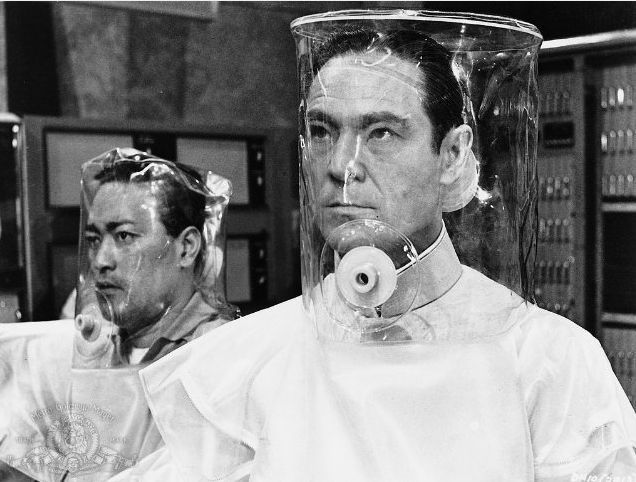
James Bond's chest hair, gadgets and love interests aren't the only things that have changed about the 007 franchise over the years.
The superspy and his enemies have become much more violent since the first Bond movie, "Dr. No," came out in 1962, new research suggests.
The 2008 Bond movie "Quantum of Solace" featured more than twice as many violent acts as the first installment, researchers reported in the December issue of the journal Archives of Pediatric and Adolescent Medicine. What's more, the 2008 film found Bond or his enemies three times as likely to engage in serious violence – such as punching, kicking or using a weapon – as in the earliest films. (A non-serious form of violence would be slapping, for instance.)
But scientists don't agree on whether such movie violence has any impact on behavior outside the theater. Studies have shown that people become desensitized to repeated violence in movies, but how that affects aggressive play or real-life violence is unclear.
"Our brains are sophisticated enough to make distinctions about what goes on in a fictional universe and what goes on in real life," said Christopher J. Ferguson, a psychologist at Texas A&M International University, who was not involved in the study.
Increasing violence
The new study found violence has become increasingly prominent in the films over time, with twice as many violent acts and three times as many serious ones.
Sign up for the Live Science daily newsletter now
Get the world’s most fascinating discoveries delivered straight to your inbox.
Though body counts vary depending on the source, about 12 characters die in "Dr. No," in which 007 foils Julius No's devious plan to use radio beams to sabotage a manned space mission, according to a body count tracker by the Guardian. In contrast, 31 people meet their end in "Quantum of Solace," in which Bond prevents a faux environmentalist from hijacking Bolivia's water supply. (Numbers aren't available for the latest installment, "Skyfall," but between the bombing of MI6 offices and a helicopter raid in Scotland, the mortality rate is high.) [The 5 Reasons We Love James Bond]
The deadlier 007 is part of a trend toward more violent films in general, said Laramie Taylor, a communications researcher at the University of California, Davis.
Partly, that's because studios are making fewer and pricier films, said Taylor, who was not involved in the study. Because making movies is so financially risky, spicing up a film with a few fights or shootouts is a good way for studios to hedge their bets, Taylor said.
"One of things you can do to make a movie more exciting is add some violence," he told LiveScience. "The violence isn't necessary, but it's easy and it's predictable."
And because violence is a universally understood language, piling the bodies high is an easy way for studios to successfully market their movies in foreign countries, he added.
Uncertain impact
Several studies suggest that violent media may spur people to real-life aggression, Taylor said.
In studies, people who are asked to watch violent media and then compete against other people in a simple game are more likely to blast their virtual opponents with a loud and painful noise if given the option, or feed opponents painfully spicy hot sauce, he said. (Those techniques are commonly used to measure aggression in studies.)
And debonair heroes like James Bond may be the most powerful role models.
"We know that violent media are more influential when the perpetrator of the violence is an attractive figure, and of course James Bond is really charismatic and is living this phenomenal lifestyle," he said.
But other scientists think violent media is just another bogeyman.
Despite a putative rise in media-depicted violence over the last 40 years, crime rates have dropped significantly in the United States, said Texas A&M's Ferguson.
Studies that try to link violent movies with real-life aggression have produced inconsistent results and are often poorly conducted, Ferguson told LiveScience.
Some studies even have found that areas with the highest rates of violent-movie consumption have lower rates of real-life violence, perhaps because watching movies eats up a lot of time, he said.
"Simply the act of getting people into the theater means they're not on the street kicking each other's butts."
Follow LiveScience on Twitter @livescience. We're also on Facebook & Google+.

Tia is the managing editor and was previously a senior writer for Live Science. Her work has appeared in Scientific American, Wired.com and other outlets. She holds a master's degree in bioengineering from the University of Washington, a graduate certificate in science writing from UC Santa Cruz and a bachelor's degree in mechanical engineering from the University of Texas at Austin. Tia was part of a team at the Milwaukee Journal Sentinel that published the Empty Cradles series on preterm births, which won multiple awards, including the 2012 Casey Medal for Meritorious Journalism.












